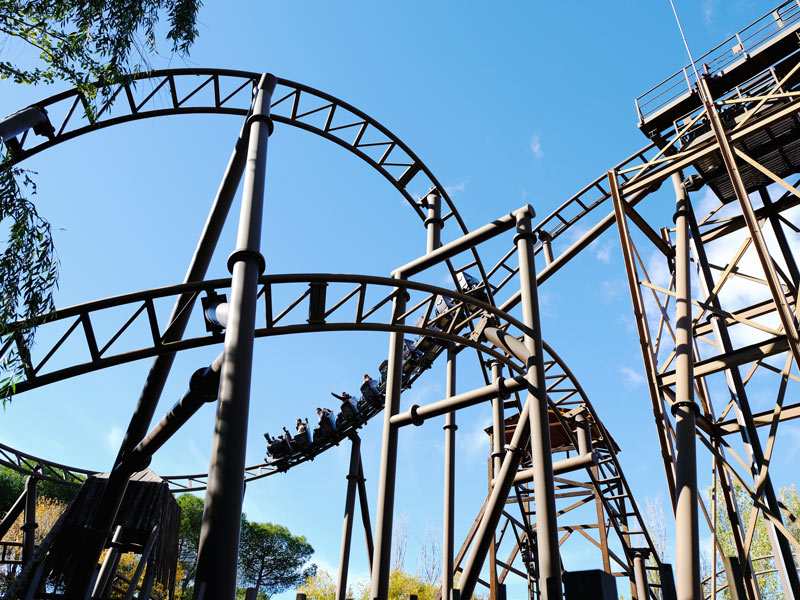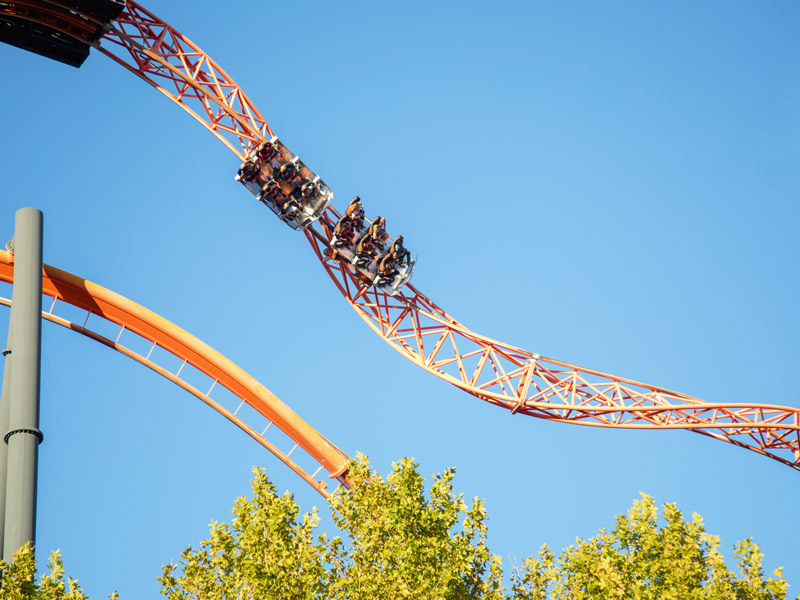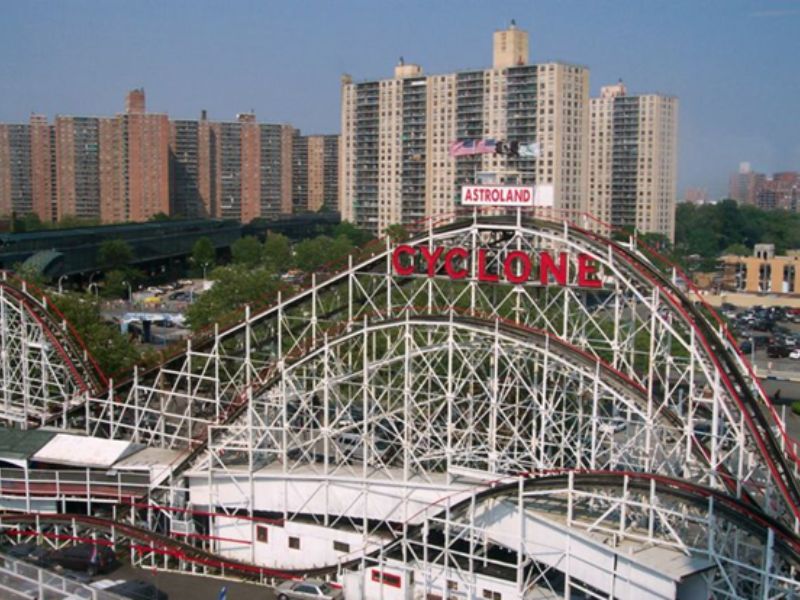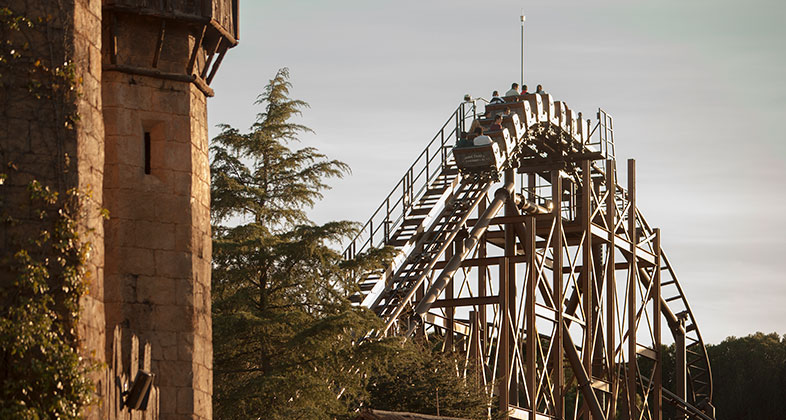What was the world's first roller coaster?

Share
The roller coaster is one of the most popular and beloved rides of all time, along with the merry-go-round. On a roller coaster, you can experience entertaining rides with high doses of adrenaline, depending on the type of roller coaster in question. Do you know what the first roller coaster in the world was? Who invented it? How does it work?
Discover the first ever roller coaster
Roller coasters are world-famous and beloved attractions - how many people have never been on one? And more and more complex rides are invented all the time, but the history of the roller coaster as we know it today began in the 19th century. It is not a recent invention!
So what is a roller coaster, and how does it work? These rides are made up of a system of rails that form tracks. These tracks go up and down with specially designed circuits. Yes! Roller coasters use a system similar to that of trains! It is said that the system is similar because roller coasters allow trains formed by wagons to slide on their rails. In these cars, as you well know, passengers travel.
Roller coaster trains, unlike conventional trains, make vertiginous ascents and descents and move through curves. For the trains to go up and down according to the design of the machine, chains or cables are used, which are driven by a motor. The descent is made possible through the effect of gravity. The higher the roller coaster, the greater the acceleration of the fall, which is why they are so much fun, and you feel so much adrenaline when the coaster descends!

On the other hand, the descent may involve one or more inversions. These are known as looping. The vertical looping, for example, is the one that leaves the passengers upside down for a few minutes. There are also roller coasters that do the whole ride upside down!
Why is it called a roller coaster?
You may wonder who invented the first ever roller coaster and why they named it the roller coaster. As the name suggests, this fun attraction is named after the rides and attractions in Russia during the winter. Back then, giant wooden slides were installed that slid over the snow on sledges - interestingly enough, the Russians called them American Mountain! Is this the ancestor of roller coasters?
After becoming popular in the cold regions of Russia, these contraptions made their way to France, but instead of using snow, they began adding trains to abandoned tracks. They then made their way to the United States, where they became known as roller coasters.
Who designed the first roller coaster in history?
The first ever roller coaster designs and prototypes were actually gravity-powered trains with many elevation changes. This then totally novel device first became popular in the 1880s. However, it was not until 1885 that the first roller coaster model was patented.
The genius behind the world's first ever roller coaster, or at least the first officially designed roller coaster, was Marcus Adna Thompson. The unveiling of the ride was on January 20, 1885! Thompson's roller coaster was made of trolleys linked by a system of chains, and its use was relegated to the big railroad companies. They used it for weekend amusement when they had fewer passengers and fewer trains.
In 1912, John Miller designed the first bottom friction roller coaster. Miller's design, who became known as the genius of roller coasters, spread throughout the United States and the rest of the world.
Cyclone, the first roller coaster of the modern world
The modern world's first ever roller coaster was Cyclone. This famous ride was installed at Coney Island Park in Brooklyn, New York, in 1927. Like all roller coasters of the time, Cyclone was made entirely of wood. Cyclone, whose design is attributed to Vernon Keenan, is still in operation!

Although this famous ride has been renovated and refurbished several times, it still stands in Coney Island's famous Luna Park. It reaches a speed of up to 97 km/h, has a length of 800 meters and its height is 26 meters.
Cyclone was operational for over four decades until it began to deteriorate. Since then, different owners and companies have taken over Cyclone to renovate, restore and adapt it to new technologies.
In addition to Cyclone, many wooden roller coasters dating back to what is known as the "golden age of roller coasters" remain in operation today. These rides are located at Kennywood (Pittsburgh) and Big Dipper in Blackpool, England.
As a curious fact, the Walt Disney Company introduced tubular steel to roller coasters. The rest is history! Thanks to this breakthrough, there are different roller coasters nowadays, with high doses of adrenaline, unexpected turns, curves, and steep slopes that make a ride on them an unforgettable experience.


